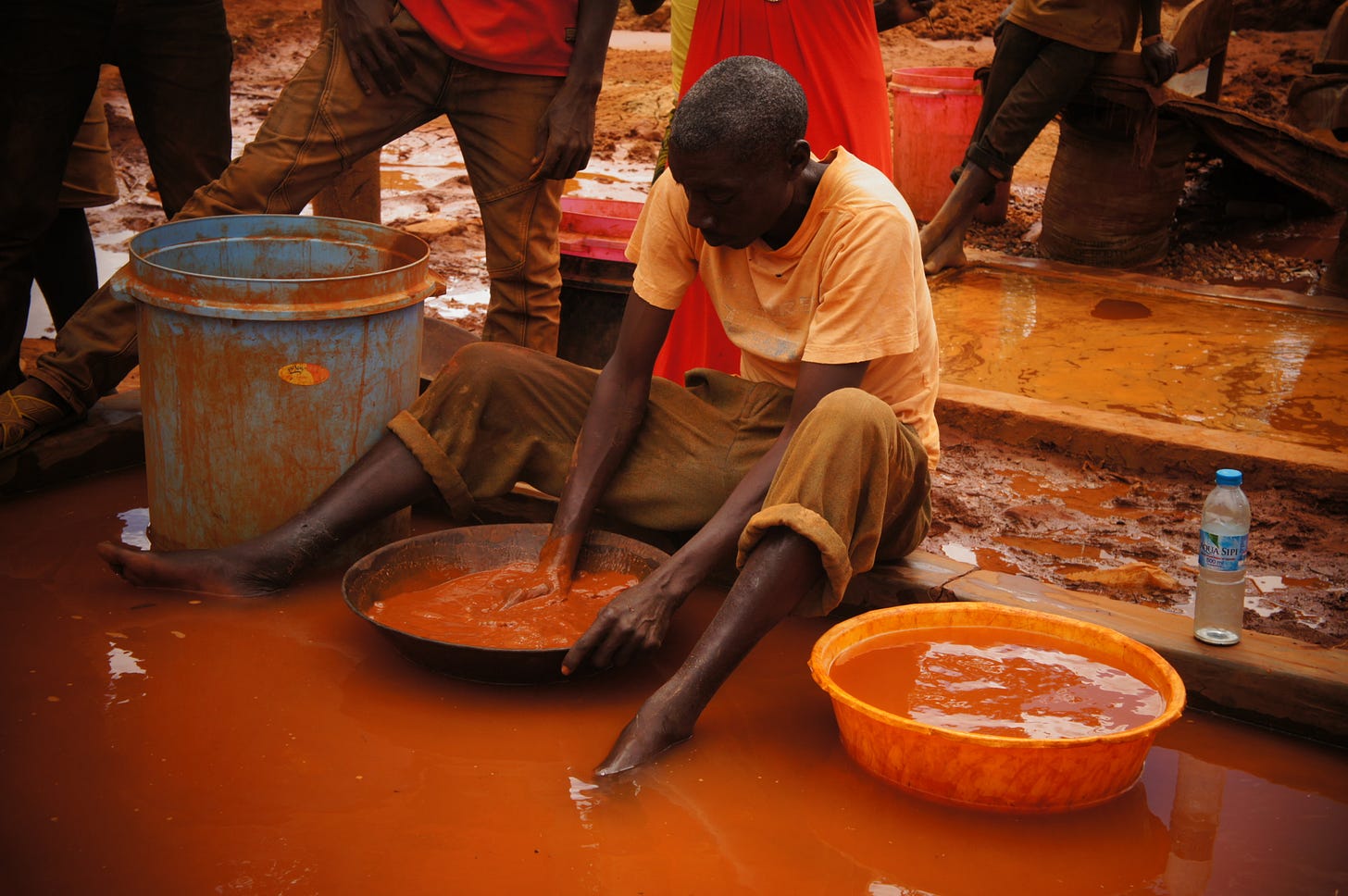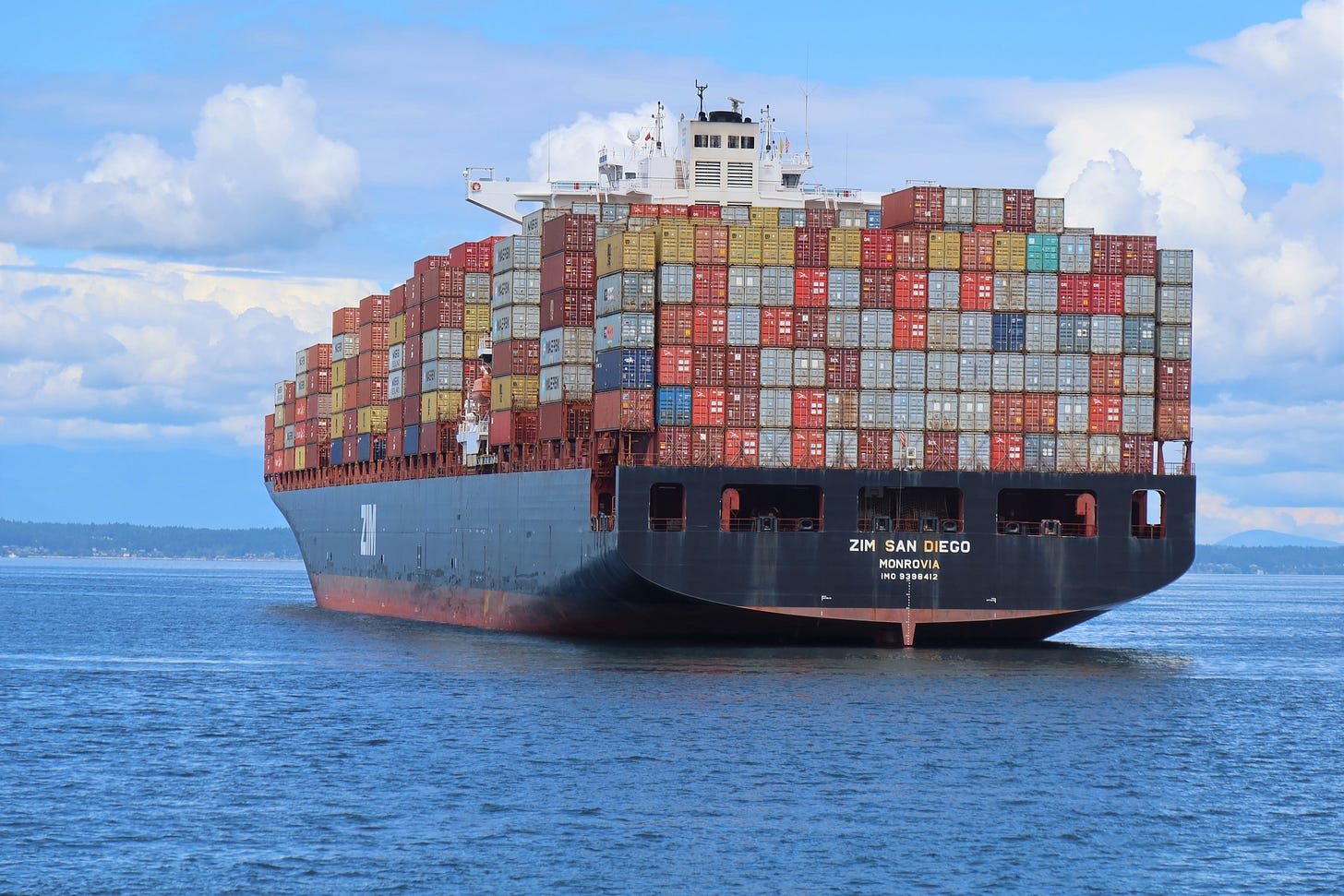Watershed questions
Can you draw a map of your bioregion? A bioregion is defined by its water, landforms, mineral deposits, altitude, weather patterns, animal communities, plant communities, birds and insects. Geography—not political boundaries—defines a bioregion.
Peter Berg began developing bioregionalism 50 years ago. To create a sustainable society, he encouraged people to “re-inhabit” their natural environment. He’d give everyone a big sheet of blank paper and ask them to mark north on it. He’d invite people to locate their watershed, draw its boundaries and the creek or river that defines it. Then, he’d say, “Draw your home on the map.”
People became aware of their relationship to water.
Internet searches can answer bioregional questions—but why deny yourself the fun of asking your neighbors?
Watershed questions
1. When does your rainy season begin? When does it end? On average, over the last 25 years, how much rain fell each year? How much rain fell in your area last year?
2. In your region, where does rainfall go? Include underground aquifers and surface drainage from your region to the water’s final destination—i.e., the ocean.
3. Trace your drinking water from precipitation to treatment to your tap to groundwater.
4. Where does your kitchen and bathroom wastewater go? How is it treated?
5. How much water does your household consume per month? How much water goes to laundry, bathing, dishwashing, gardening, air conditioning?
6. How much water does your town or city use each month?
7. Is your water utility publicly or privately owned? What percentage of households have a well?
8. What percentage of your bioregion’s water goes to households? to manufacturing, farming, golf courses, mining operations, extinguishing fires, to cooling data servers?
9. What pollutants affect your region’s water supply? How are the pollutants treated to make water drinkable?
10. Does your water have PFAs “forever” chemicals?
11. Does anyone in your region re-cycle grey or black water?
12. Name three ways you could conserve water.
How much water do your tools consume?
For example, computers depend on transistors. Transistors are made from silicon, an element not found in nature in pure form. Making silicon requires four energy-intensive, toxic-emitting steps. First, manufacturers mine pure quartz gravel, petroleum coke and a pure carbon—and transport these to a smelter that’s kept at 1650 degrees Celsius for six or seven years at a time. The smelter reduces the silicon from the ore.
Why does this affect water? Note that petroleum coke, an oil byproduct, comes from places like the Canadian Tar Sands. After drilling and distributing the oil, petrochemicals have been found in drinking water.
Note that solar panel wafers are also made from pure silicon.
To make silicon electrically conductive, manufacturers “dope” it with hundreds of chemicals—and rinse each application with ultra-pure water.
How much ultra-pure water does one transistor factory use in one day?
The U.S. is now building three transistor factories in Arizona, a desert state, even though manufacturers don’t know where they’ll get water.
What about the water consumption of artificial intelligence (AI) technologies that maintain water supplies and wastewater treatment plants? A UN report, "Water for prosperity and peace," says that because of their excessive water consumption (while powering energy systems and cooling computers), AI technologies threaten to cancel their environmental contributions.
How does anything with gold impact water?
Jewelry, electronics, dentistry and banks use gold. Artisanal miners like this one mine 20% of this gold. They collect ore from pits and riverbeds, crush it, then mix it with water to create a slurry.
When they add mercury to the slurry, gold particles bind to the mercury and form an amalgam. When miners “cook” these lumps, methyl mercury (a dangerous neurotoxin) evaporates—and then they have a sellable gold nugget. How do methyl mercury’s vapors and tailings contaminate nearby waterways and land?
Solar panels attract dirt. Rinsing the panels with water lets them generate electricity to their full potential. How much water do solar panels use to keep clean? Solar panels have four applications of PFAs. When panels crack, do these chemicals leach into ground water?
Mobile devices like smartphones, laptops and electric vehicles use lithium to hold charge. How much water does lithium mining require?
How much water does a data storage center’s cooling system require?
How would mining the deep sea for “green” technologies’ elements impact deep sea life?
How does transporting raw materials, goods and garbage impact water?
Raw materials and finished electronics, appliances, energy systems and vehicles get trucked, trained, flown and shipped between continents.
At the end of their usable lives, industrially-produced goods travel again—by cargo ships—to dumpsites in Africa or Asia. Cargo ships are powered by bunker fuel. How does bunker fuel impact oceans?
Imagine
Imagine your bioregion if every teenager could trace water from precipitation to tap—and back to precipitation. Imagine living within your bioregion’s ecological limits. To help your community get there, what questions would you ask?
Catch OTHER NEWS below REFERENCES & RESOURCES.
REFERENCES & RESOURCES
Bioregionalism
Berg, Peter, Discovering your life-place: a first bioregional workbook, 1990.
https://planetdrum.org
posts international bioregional contacts.
Caduto, Michael and Joseph Bruchac, Keepers of the Earth: Native American Stories and Environmental Activities for Children, Fulcrum, 1988. Includes activities for learning about rain-making, saltwater, making waves and more.
Charles, Leonard, Jim Dodge et al., “Where You At? A Bioregional Quiz.” Coevolution Quarterly 32 (Winter 1981) https://dces.wisc.edu/wp-content/uploads/sites/128/2013/08/Where-You-At-Quiz.pdf
Dobson, Clive and Gregor Gilpin Beck, Watersheds: A Practical Handbook for Healthy Water, Firefly Books, 1999. Includes descriptions about watersheds and nutrient cycles, pollution sources and righting environmental wrongs.
Fields, Tina: https://deptofbioregion.org/resources/bioregional-quiz/
Harper, Daniel, “Know Your Watershed,” April 25, 2018.
https://www.danielharper.org/yauu/2018/04/bioregional-quiz/
Regenerative Design Institute Bioregional Quiz:
https://www.regenerativedesign.org/resources/documents/bioregional-quiz
U.S. Geological Survey: Science in Your Watershed: https://water.usgs.gov/wsc/map_index.html
Technology and water
Asianometry, “The Semiconductor Water Problem,” 2022.
Ferguson, Grant, Jennifer C. McIntosh, et al., “Competition for shrinking window of low salinity groundwater,” Environ. Res. Lett., Nov. 18, 2018; 13 114013. Global groundwater resources are stressed. Fresh groundwater is less abundant in key U.S. basins than previously thought…due to excessive withdrawals and injections and potential contamination from the oil and gas industry. https://iopscience.iop.org/article/10.1088/1748-9326/aae6d8.
Gerson, Jacqueline, “Gold Mining is Poisoning Amazon Forests with Mercury,” Scientific American, January 28, 2022.
Gupta, Joyeeta, H. Bosch, et al, “AI’s excessive water consumption threatens to drown out its environmental contributions,” Techxplore, 3.22.24.
Owen, David, Where the Water Goes: Life and Death Along the Colorado River, Riverhead Books, 2017. In the western U.S., a patchwork of engineering marvels, byzantine legal agreements, aging infrastructure and neighborly cooperation deliver water.
Pearce, Fred, “How a Solar Revolution in Farming is Depleting World’s Groundwater,” Yale Environment 360, February 27, 2024.
Phys.org, “UN warns against thirsty tech to solve water crisis,” 3.22.24.
Troszak, Thomas, “Why do we burn coal and trees to make solar panels?”
Keeping local
Burgess, Rebecca, Fibershed: Growing a Movement of Farmers, Fashion Activists and Makers for a New Textile Economy, Chelsea Green, 2019. Making clothing’s fiber, dyes and chemistry from local materials.
Singer, Katie, “A longer-lasting Internet starts with knowing our region’s mineral deposits,” August, 2023.
Singer, Katie, “Digital Enlightenment: an invitation,” 2023. Lists 125 substances in one smartphone and invites every user to trace one substance’s supply chain.
OTHER NEWS
Max Wilbert reports that Thacker Pass protectors have filed the first-ever “Biodiversity Necessity Defense” in Nevada court…after they were fined and sued for defending the land. Thacker Pass protector and environmental lawyer Will Falk’s tutorial about how corporations can “take” endangered species legally is still worthwhile.
23 million US households risk choosing between Internet service and food.
AI Datacenter Energy Dilemma—Race for AI Datacenter Space, by Dylan Patel, Daniel Nishball and Jeremie Eliahou Ontiveros, semianalysis.com, March 13, 2024.






I was talking about bioregions back in the early 1980s! ...